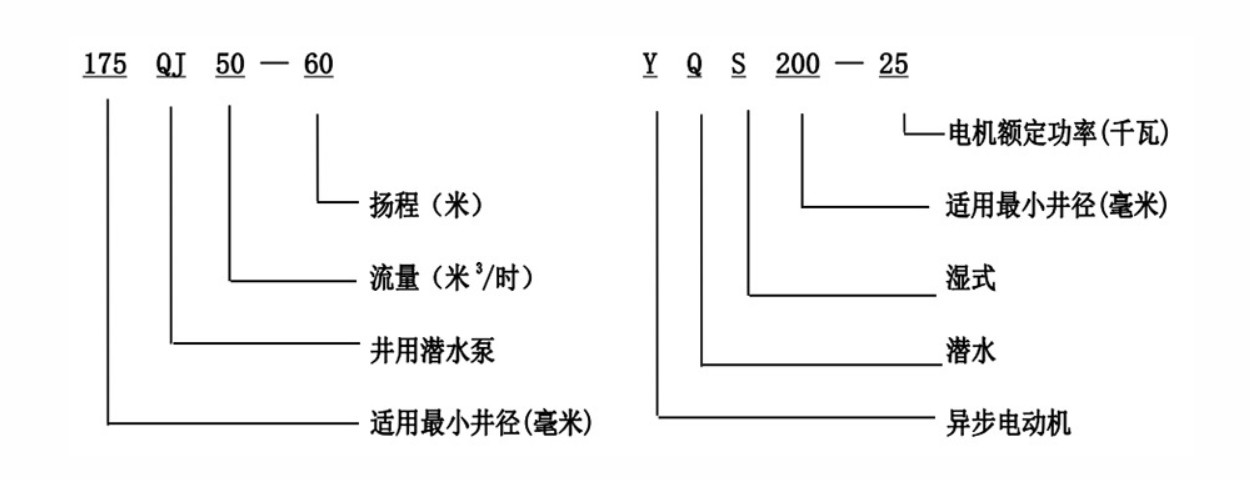តុលា . 09, 2024 21:35 Back to list
Choosing the Right Hose for Your Submersible Water Pump Applications
Submersible Water Pump Hose Essential Components for Efficient Water Management
When it comes to managing water from various sources, submersible water pumps are often the go-to solution. These devices are designed to be submerged in water, making them ideal for draining, irrigation, and even wastewater management. However, the efficiency of a submersible pump is significantly influenced by the quality and design of the hose used in conjunction with it. In this article, we will explore the importance of submersible water pump hoses and their role in effective water management.
Understanding Submersible Water Pumps
Submersible water pumps are engineered to operate underwater, allowing them to push water to the surface. Unlike traditional pumps, which extract water from above the source, submersible pumps eliminate the need for priming. They operate by a motor that is sealed in a waterproof casing, connected to an impeller that moves water upward. The key to maximizing the performance of these pumps lies in the hose that connects them to the discharge point.
Importance of Quality Hoses
The hose used with a submersible water pump plays a critical role in ensuring optimal performance. A high-quality, durable hose can withstand the pressure exerted by the pump while allowing a smooth flow of water. A poorly designed or low-quality hose can lead to a series of problems, including reduced flow rate, increased energy consumption, and premature wear of the pump.
For effective operation, hoses should be flexible yet robust, capable of handling various environmental conditions. Many hoses are made from materials like PVC or reinforced rubber, which provide durability and resistance to abrasion.
submersible water pump hose

Choosing the Right Hose
When selecting a hose for your submersible pump, there are several factors to consider
1. Diameter The diameter of the hose determines the flow rate of water. A larger diameter typically allows for a higher flow rate, but it's essential to ensure that the pump's motor can handle the increased volume without overworking.
2. Length The length of the hose is crucial as well. Longer hoses can lead to increased friction loss, which can reduce the pump’s efficiency. Therefore, it's advisable to choose a length that meets your needs while minimizing excess.
3. Material The material of the hose affects its longevity and performance. Opt for hoses that are resistant to UV light, chemicals, and temperature variations for reliable operation in various environments.
Conclusion
In summary, the submersible water pump hose is an indispensable component in the water management system. It directly impacts the performance and efficiency of the pump, influencing factors such as flow rate and energy consumption. By investing in a high-quality hose, users can ensure that their pump operates at peak performance, ultimately leading to effective water management solutions. Whether for residential drainage, agricultural irrigation, or industrial applications, the right submersible water pump hose can make all the difference. Choosing wisely can save time, resources, and energy in the long run.
-
Submersible Water Pump: The Efficient 'Power Pioneer' of the Underwater World
NewsJul.01,2025
-
Submersible Pond Pump: The Hidden Guardian of Water Landscape Ecology
NewsJul.01,2025
-
Stainless Well Pump: A Reliable and Durable Pumping Main Force
NewsJul.01,2025
-
Stainless Steel Submersible Pump: An Efficient and Versatile Tool for Underwater Operations
NewsJul.01,2025
-
Deep Well Submersible Pump: An Efficient 'Sucker' of Groundwater Sources
NewsJul.01,2025
-
Deep Water Well Pump: An Efficient 'Sucker' of Groundwater Sources
NewsJul.01,2025
-
 Submersible Water Pump: The Efficient 'Power Pioneer' of the Underwater WorldIn the field of hydraulic equipment, the Submersible Water Pump has become the core equipment for underwater operations and water resource transportation due to its unique design and excellent performance.Detail
Submersible Water Pump: The Efficient 'Power Pioneer' of the Underwater WorldIn the field of hydraulic equipment, the Submersible Water Pump has become the core equipment for underwater operations and water resource transportation due to its unique design and excellent performance.Detail -
 Submersible Pond Pump: The Hidden Guardian of Water Landscape EcologyIn courtyard landscapes, ecological ponds, and even small-scale water conservancy projects, there is a silent yet indispensable equipment - the Submersible Pond Pump.Detail
Submersible Pond Pump: The Hidden Guardian of Water Landscape EcologyIn courtyard landscapes, ecological ponds, and even small-scale water conservancy projects, there is a silent yet indispensable equipment - the Submersible Pond Pump.Detail -
 Stainless Well Pump: A Reliable and Durable Pumping Main ForceIn the field of water resource transportation, Stainless Well Pump has become the core equipment for various pumping scenarios with its excellent performance and reliable quality.Detail
Stainless Well Pump: A Reliable and Durable Pumping Main ForceIn the field of water resource transportation, Stainless Well Pump has become the core equipment for various pumping scenarios with its excellent performance and reliable quality.Detail
